On top of my responsibilities’ at HAMK Global Education as an Education Development Specialist, I’m also an authorized travel guide for my native city Lahti. Lahti is heading for carbon neutrality by 2025 and becoming a zero-waste circular economy city by 2050, and now has been appointed to be the European Green Capital 2021.
This is a recognition of its long-standing and systematic environmental work, and as a flagship city for similar efforts done by regions across Finland. Lahti guides were offered the opportunity to learn the secrets of some companies key to this success, and open for receiving technical visits and delegation visits.
Thanks to this project, I had the opportunity to get to know the insider information at Salpakierto Oy (formerly Päijät-Häme Waste Management Ltd), the municipal company handling municipal waste management for the greater region of Lahti and managing the state-of-the-art waste treatment center Kujala. A lot of us locals in Lahti still refer to Kujala as “the landfill”. However, one of the first questions we asked after some touring and training was: Where is the landfill? Indeed, the landfill still in use only takes less than 6 ha out of the total 70 ha area of the center. Another thing that surprised us is that there is hardly any smell on most days.
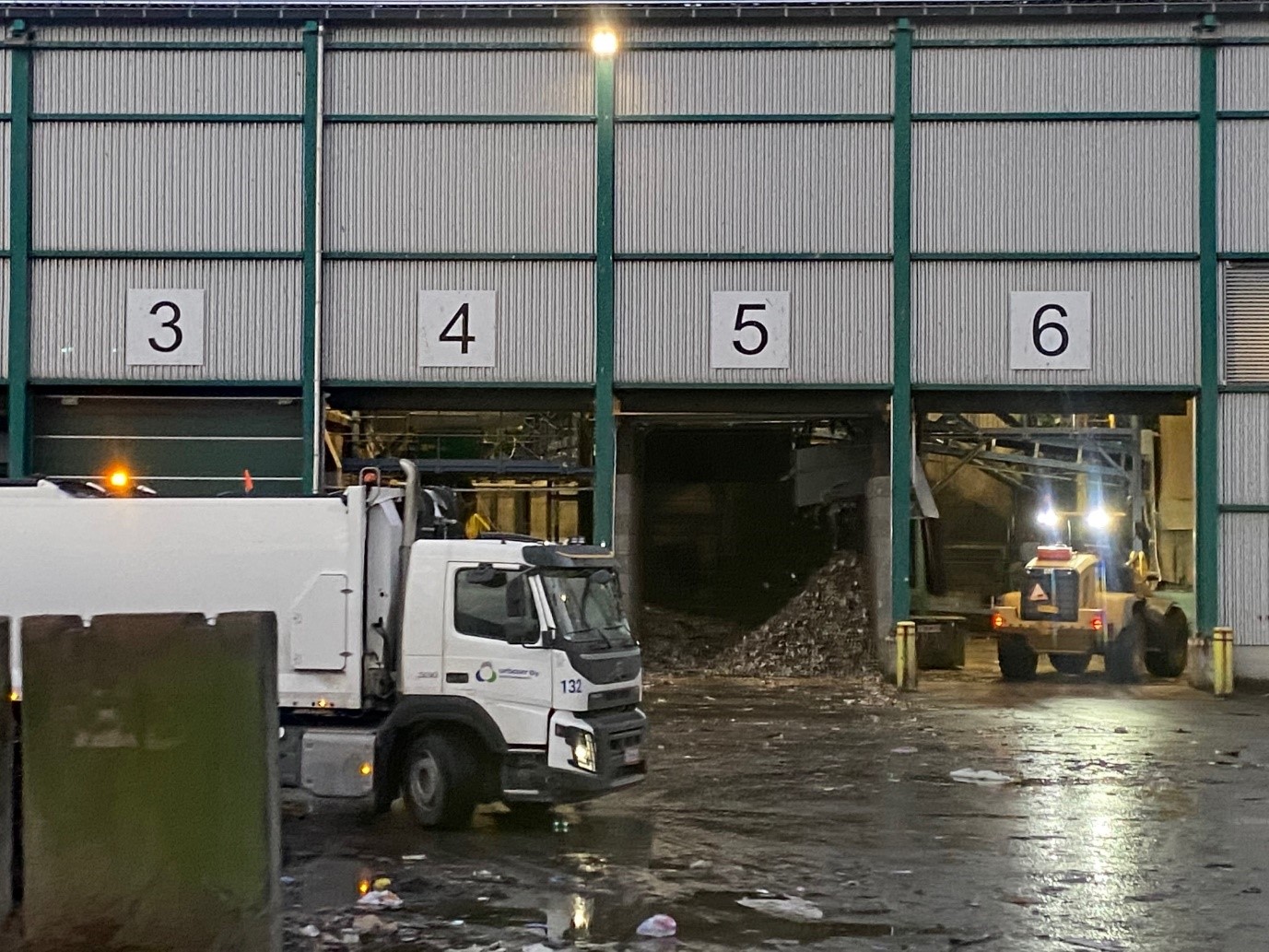
Actually, it is not that surprising when you learn that only 1% of what I and my fellow city inhabitants throw to the bin ends up at the landfill. Each household has between 2 (the mandatory minimum) and 8 different garbage bins. I did know that about half of the city heating comes from the so-called “energy waste”, collected by one of the two mandatory collection bins. What I had nor realized is that even out of that, all recyclable plastics are retrieved and recycled back into materials.
Moreover, the so called “mixed waste“ (the other mandatory collection bin) which in my mind was still going to the landfill (the case until 2009) runs through a state-of-the-art assorting line named LATE. The LATE sorting station recovers even more incinerable energy waste, but also all recyclable materials such as plastic, fibers and metals, as well as biowaste used to produce compost and biogas, so that in the end only the 1% remaining such as ceramic tiles that currently have no further use ends up at the landfill. How is that possible?
The LATE line, or rather lines, use different types of technologies such as drum separation (size), ballistic separation (shape), optical separation (colour, size, shape and composition), eddy current separation (electrical conductance), magnetic separation and wind sifter separation. None of them is unique as such, but in a uniquely efficient combination attain a top result. The area thus boasts some impressive figures such as package plastic recycling rate, at over 70% vs 25% national rate. More importantly, recycling or retrieving, instead of incinerating, the largest possible number and quantity of materials maintains them in circulation and thus multiplies the positive effects.
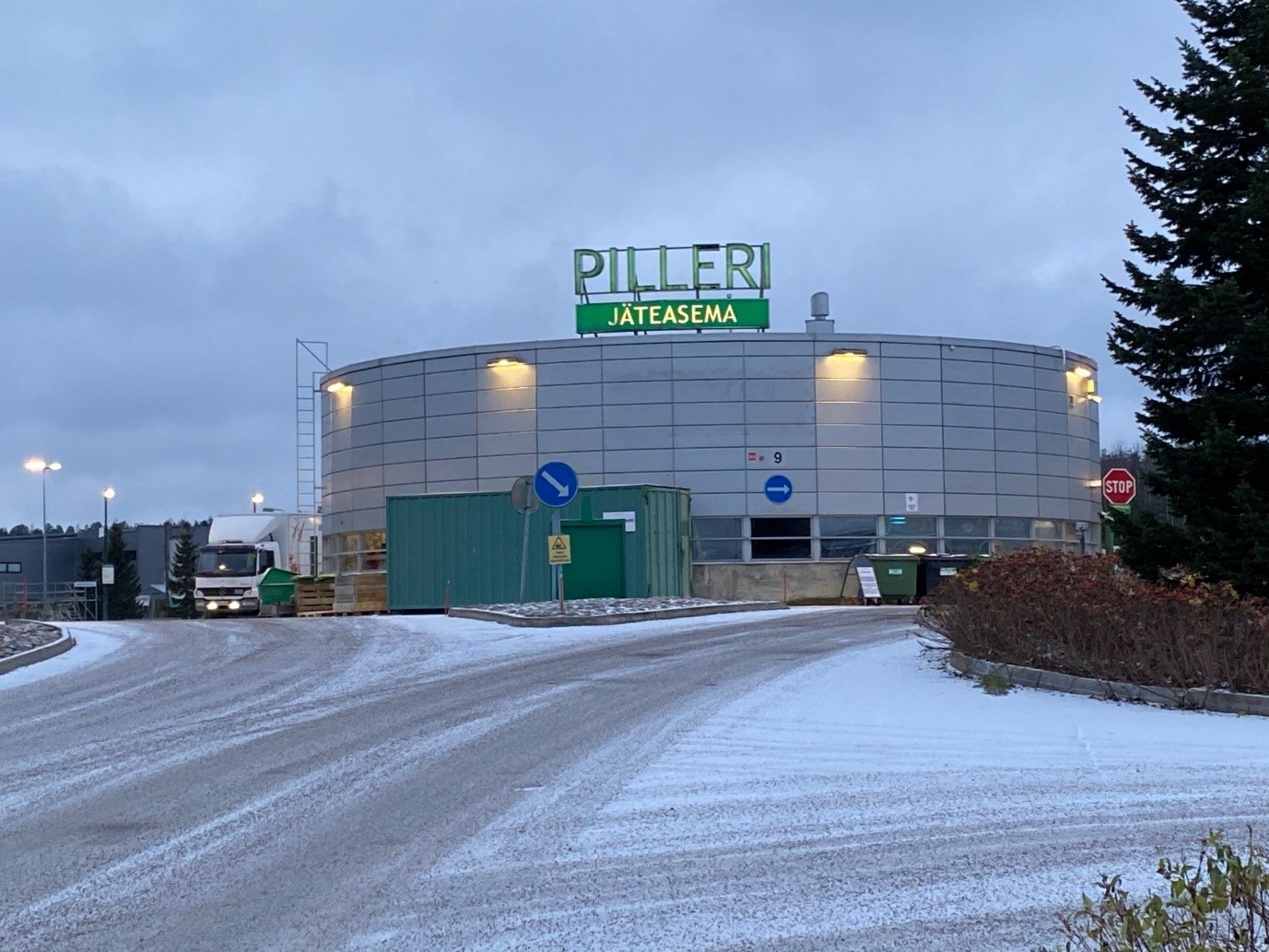
At the Kujala center, there is also a waste reception station called Pilleri for the items that are non-daily household waste and/or too heavy or bulky for the household trash bins. They can for most be deposited free of charge at Pilleri, where different recipients are assigned for furniture, wood, electronic appliances, hazardous waste, building waste, garden waste and recyclable items among others.
After the first training session and even more so after the following, I was completely enthusiastic, wanting to indeed show the Kujala center to the entire world. Why is this so fascinating, I asked myself? Probably because of the sheer inventiveness of it all, the happy back and forth flow chart of currents from one regional actor of waste management to another, as well as the passion of all our trainers including Salpakierto’s and the adjoining companies’ personnel, who seem to live and breathe the installations they have contributed to set up and are continuously improving. The training really made me reflect on the trash I throw away at home. Indeed, I wish I would have more different collection bins, because if the trash were already sorted before going out of my house, the assortment line LATE could even be short-circuited.
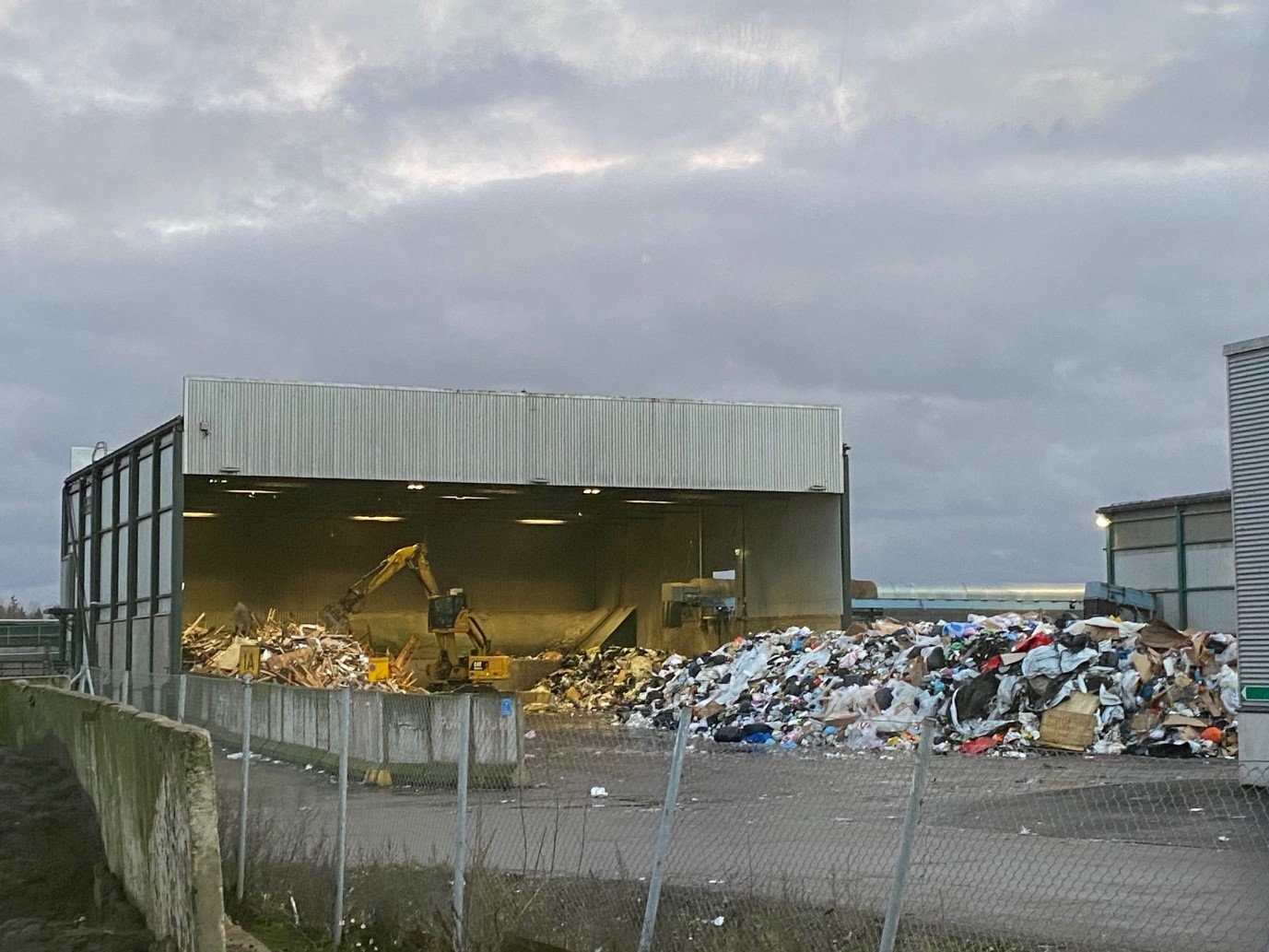
This is indeed pretty much what would be the next steps for further improvement according to Leena Seppälä, the Environment and Information Systems Manager from Salpakierto. On top of improving package designs, the remaining possible optimizations to the system would be organizing municipality run waste collection for household waste, so that the sorting where the waste is born could be improved and waste collected already sorted. To do this, also improving the collection bins set at home kitchens and yards is needed.
This is exactly one of the aims of the Jätekamut-project that a group of HAMK Sustainable Development and Bioeconomy students have chosen to work on within their PDP (Product Development Project) course organized at HAMK Design Factory, developed in partnership with Envor Group Oy company. Several other projects at HAMK are also involved in optimizing circular economy and life cycle effects of products, whether public R&D projects or in close and diverse cooperation with companies and partners. These are also integrated into the study modules both in the form of theoretical and practical work.
For example, in the sector of building and construction a project called HYPPY, is creating models for making the channels and activities for recycling those materials take root in the construction economy. HAMK biogas research in turn aims developing sustainable, comprehensive and versatile utilization of biomass, thus promoting and developing circular economy solutions. The research has focused, for example, on bioethanol biogas refinery, on micro algae biorefinery and on integrated biorefinery complexes producing value fractions out of by-products and waste streams.
Another key research area at HAMK is the production and application of biochar, that is widely linked to different areas of education and research at HAMK (biotechnology, horticulture, agriculture and forestry, sustainable development), and also circles back to building and construction waste recovery in a carbon negative manner. A generalist module of 2 ECTS on Sustainable Development has just been introduced to give all HAMK graduates independently of their career orientation the sustainable development skills needed for employability. In addition, a more specialized module of Renewable Energies (15 ECTS) brings together students from different study fields such as food and biotechnology, forestry and sustainable development.
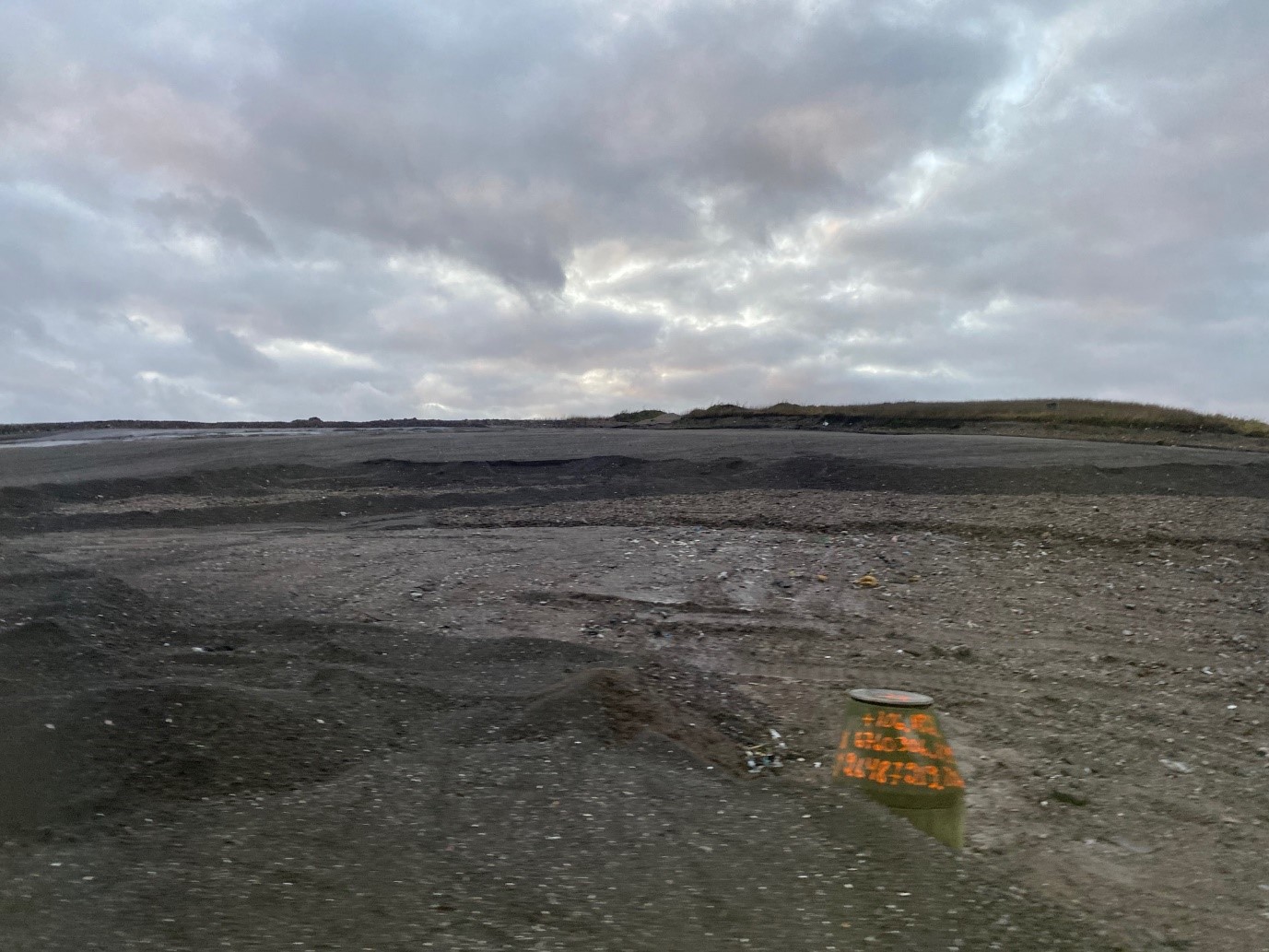
I have already had the opportunity to look into more efficient forms of energy during the technical study visit of a Top 500 company from China looking into renewable energy solutions in Finland. With our Uruguayan students from The Talent and Skills for the Agroforestry Sector in Uruguay -programme we have had a keen interest on the side streams of forestry and all possible ways of exploiting them, as planned in the national strategy 2050 for the forestry bioeconomy. Within the development projects born from the first phase of this project, for example a new curriculum training professionals for exploiting biomass was drafted.
Taking a close look into waste management now brought the circular economy thinking literally close to home, but also made me wish that in the near future we will be able to develop new global partnerships around circular economy at HAMK Global Education together with our experts at HAMK School of Bioeconomy.
We are looking forward to working with you!
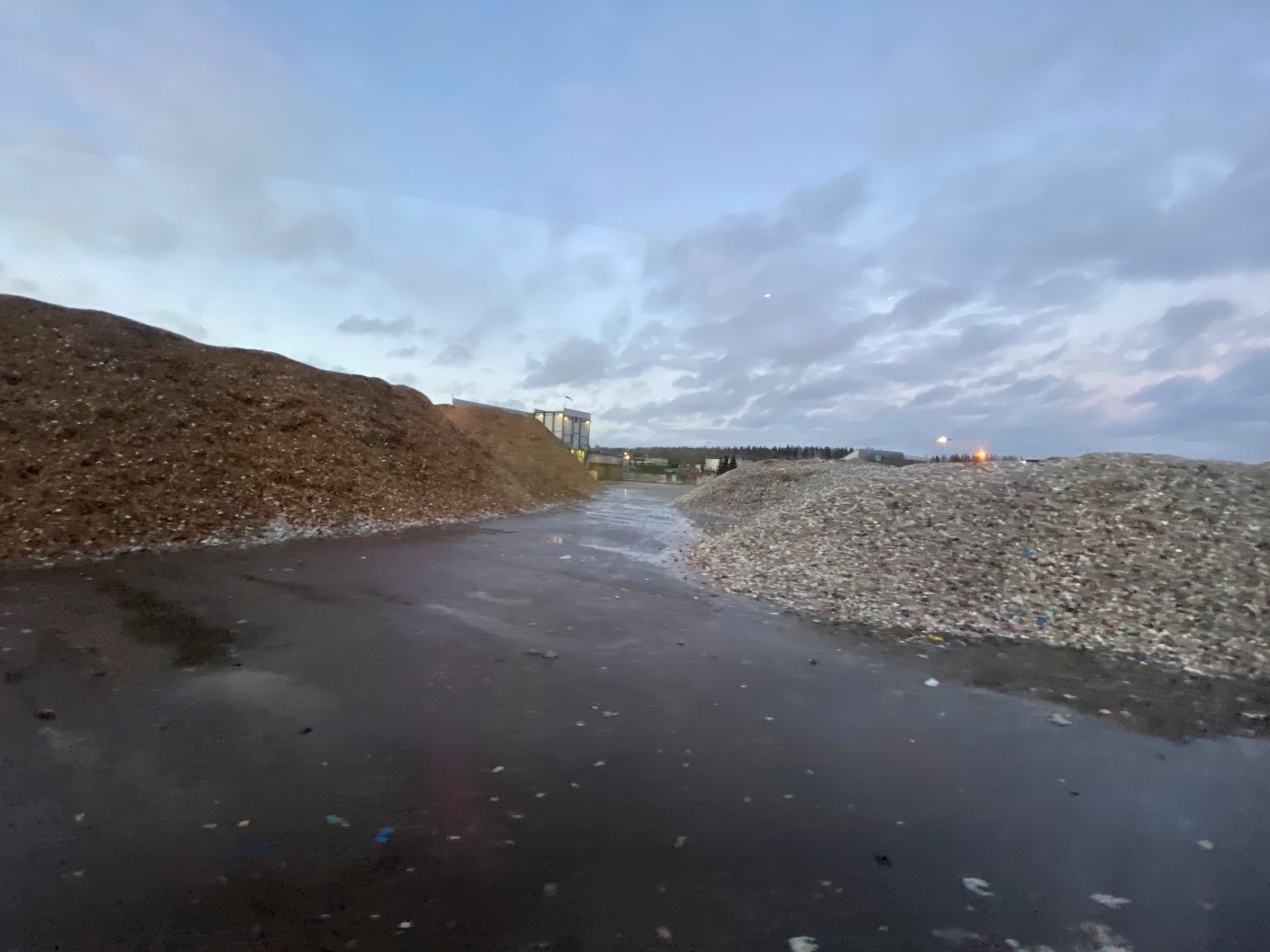
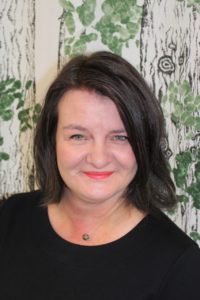
Nana Niskanen
Education Development Specialist
HAMK Global Education

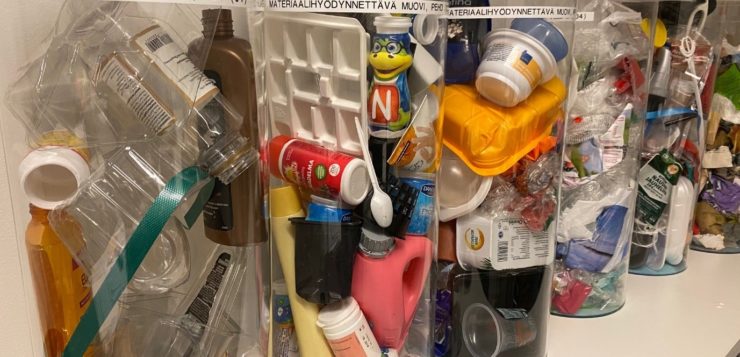
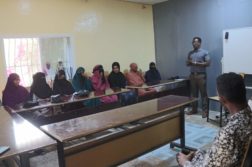
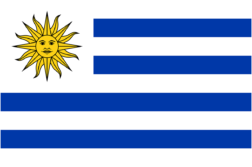
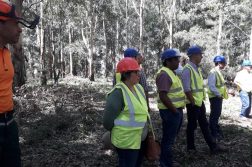
Discussion1 Comment
Your blog post was a gem! The information you provided was well-researched, and your explanations were easy to follow. For those interested in learning more, click here. Keep up the excellent work!